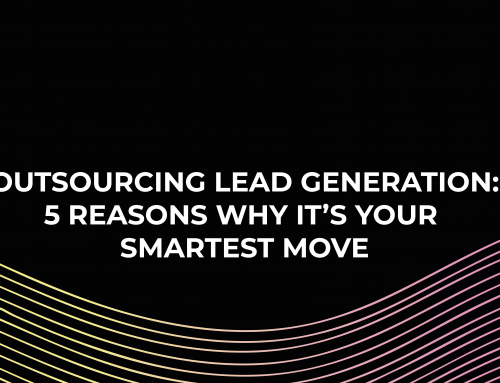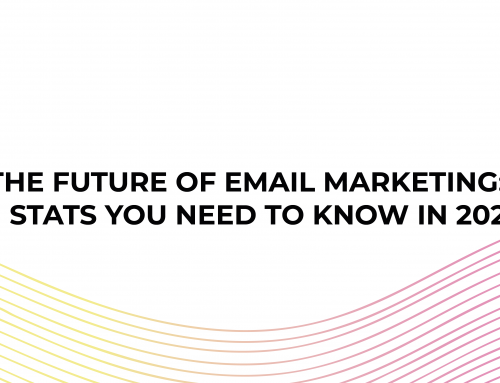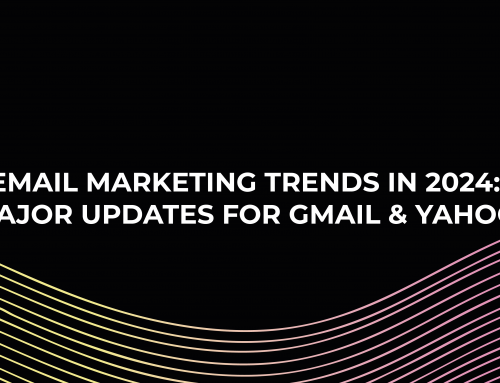The Psychology Behind Personalised Marketing
Personalisation is one of the most effective tactics to improve customer engagement, retention rates and conversion rates. In order to capitalise on this ever growing demand for personalised experiences, businesses need to integrate personalised communications into their marketing strategy in order to maximise the effectiveness of their marketing.
Customers are now expecting fully personalised experiences from every brand they interact with. A Mckinsey report found “71% of consumers expect companies to deliver personalised interactions and 76% get frustrated when this doesn’t happen” .
What is Personalised Marketing?
The definition of Personalised Marketing is “Designing and delivering tailor-made products and services to individual customers”. The 3 key factors to focus on when personalising your marketing are:
Right Person: By collecting first party data about the consumer you will be able to identify them on an individual level. Information about name, gender, age, hobbies and interests etc are all extremely valuable data points that allow brands to create fully personalised experiences.
Right Message: Now you have your customer data you are able to better understand what messages and communications will resonate from person to person. For example if they added things to their cart and left without buying, send an abandoned cart email or if they have just made a purchase, send an email with info on how to best use the product or service.
Right Place: The right place refers to the channel in which you deliver your content. This factor is crucial in fully personalising the customer experience. You’ve identified who you are trying to reach and what you are going to say, but where and how you send your message. Social Media, Email, SMS are all useful in their own way and most effective when combined in a multichannel approach.
Why Personalise?
As we previously stated, personalisation is one of the best ways businesses can improve the effectiveness of their marketing and increase repeat purchasing from customers. According to research done by Twilio Segment 49% of customers say that they will become loyal to brands who offer a personalised shopping experience.
Brands who invest in personalisation can expect to see as much as a 40% boost in their total revenue. Not only can it increase sales and conversions but personalising your communications increases brand recall and brand recognition as consumers are more likely to remember brands who tailor content to the individual.
“The world’s most valuable resource is no longer oil, but data”
– The Economist
Types of Personalisation:
- Names in the subject line and copy text
- Location Based notifications
- Welcome back messages on homepages
- Abandoned Cart communications
- Product recommendations based on search history and past activity
- Customer email list segmentation
The Psychology Behind Personalised Marketing/ Why Customers Crave Personalisation
The Dopamine Effect:
The Dopamine Effect refers to the good feeling you get when experiencing something pleasurable. Often referred to as the feel good hormone, Dopamine is a chemical released within the brain when someone has an enjoyable experience, it plays a huge part in human decision making as people want to have enjoyable experiences.
From a marketing perspective when brands create these personalised experiences it can trigger a dopamine release for customers. Seeing their own name with appropriate product recommendations or location specific deals triggers this dopamine response and creates the pleasurable experience customers are craving.
“What this means for companies is that curating an enjoyable, satisfying experience is essential if they want to keep customers engaged and coming back for more,” according to TASK President of North America, John Laporte. “Identifying and targeting the personal needs of individual customers makes the purchasing experience more meaningful to the customer.”
The key is to create content filled with emotional triggers. The greater the feeling of emotion you can evoke in the consumer the more likely they are to experience that dopamine rush that they are looking for and the more likely they are to return and make repeat purchases. “80% of business leaders surveyed in Twilio’s report say that consumers spend an average of 34% more with a personalised experience.”
Wrap Up
If you use the right marketing tools: collecting, storing and organising the data that is needed to create personalised campaigns is easy. Incorporating personalisation is crucial if you want to stay competitive within today’s market and with “50% of consumers switching to a competitor following a negative brand interaction” the evidence is clear to see.




